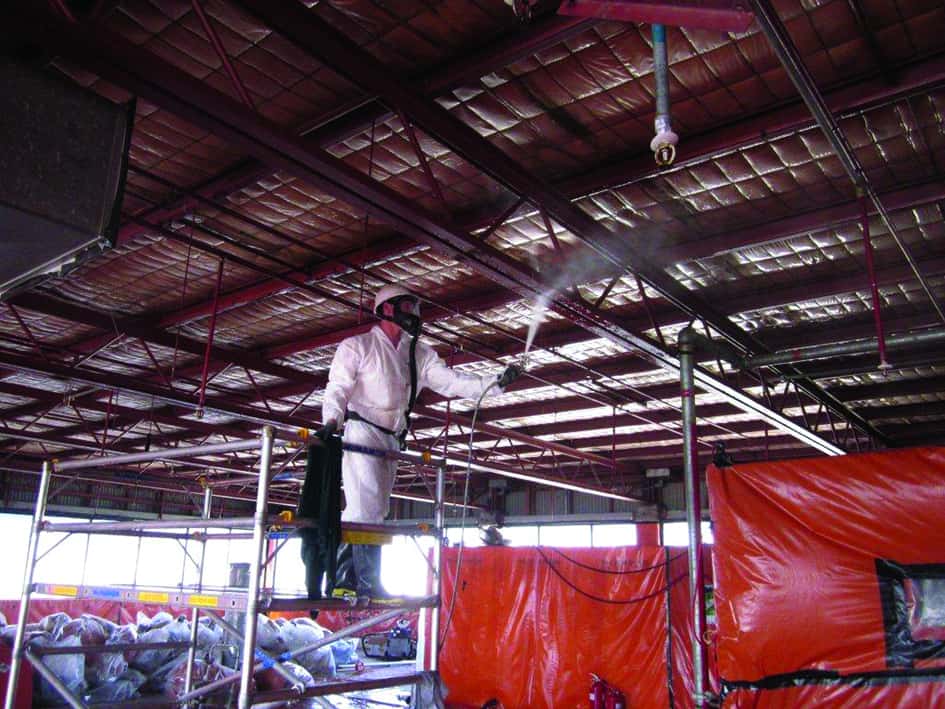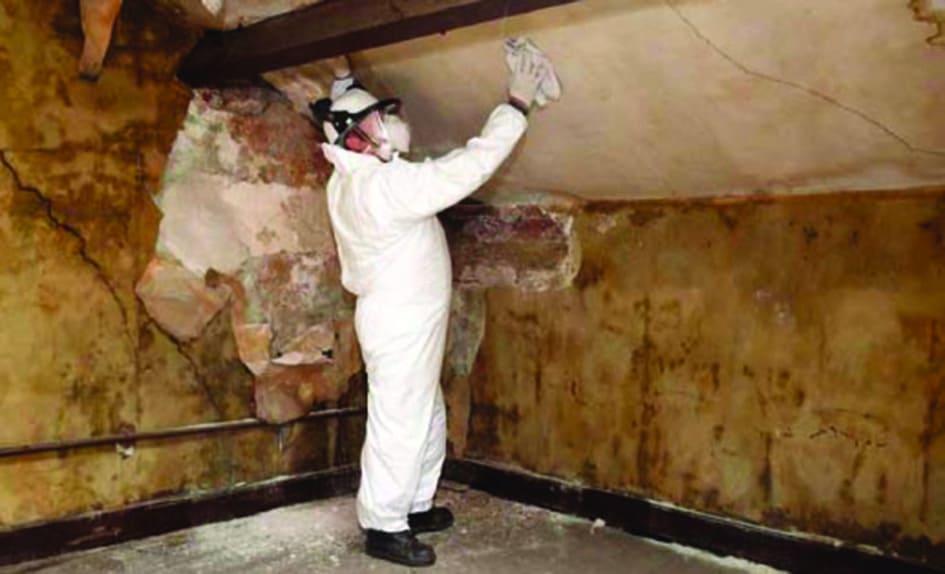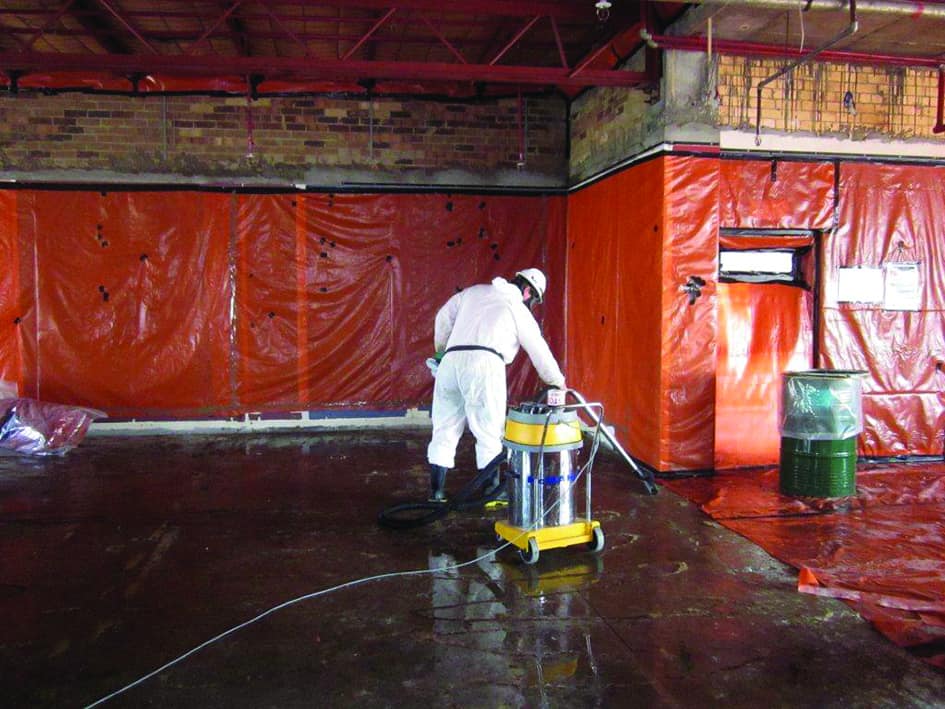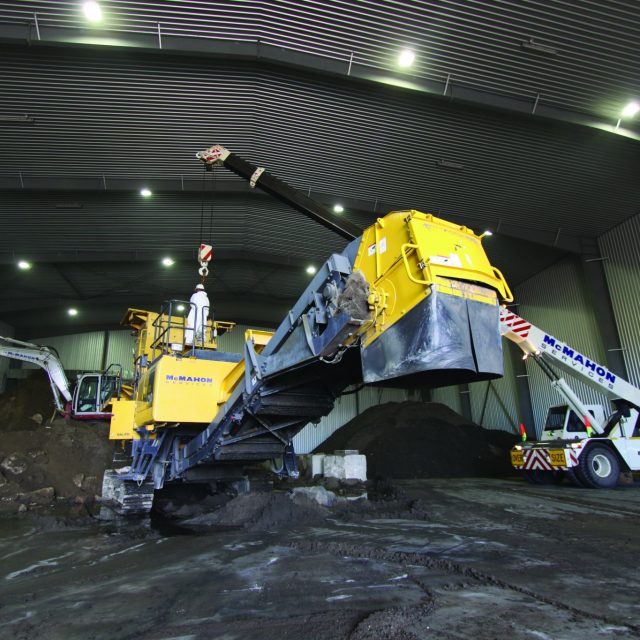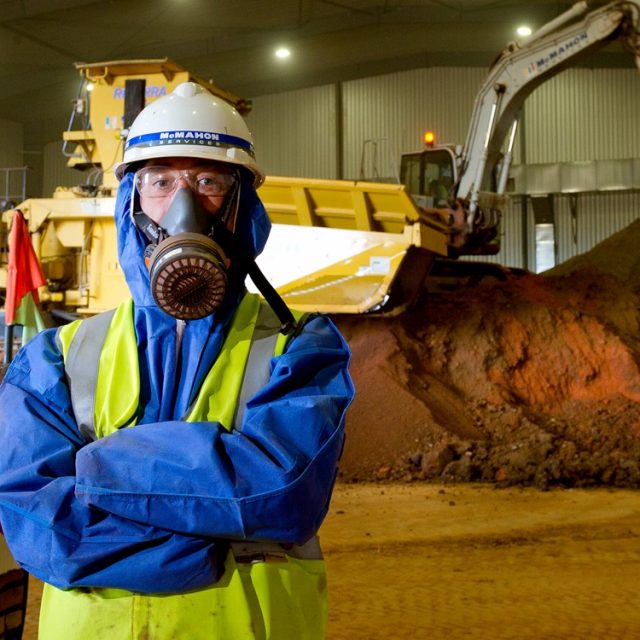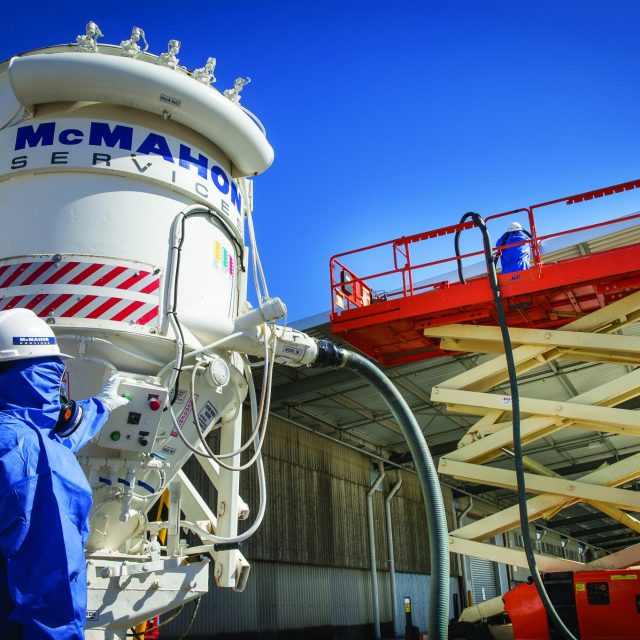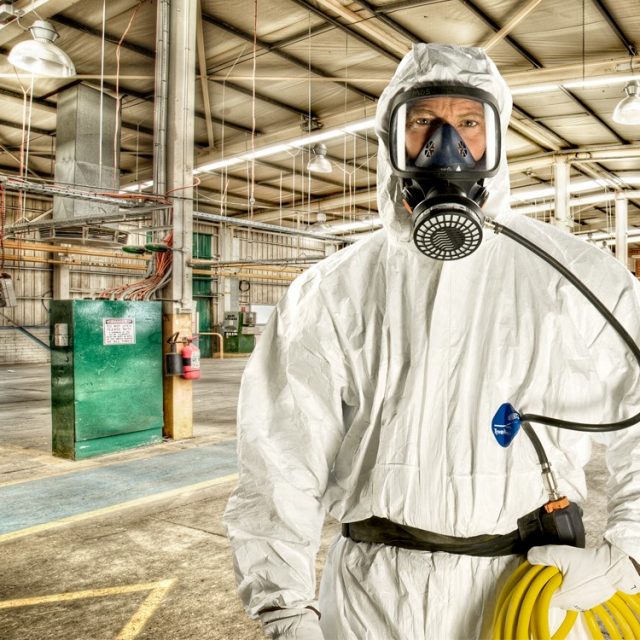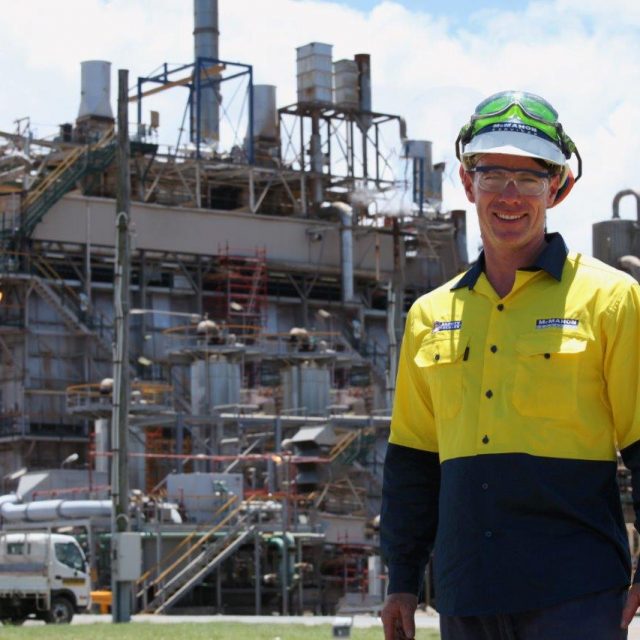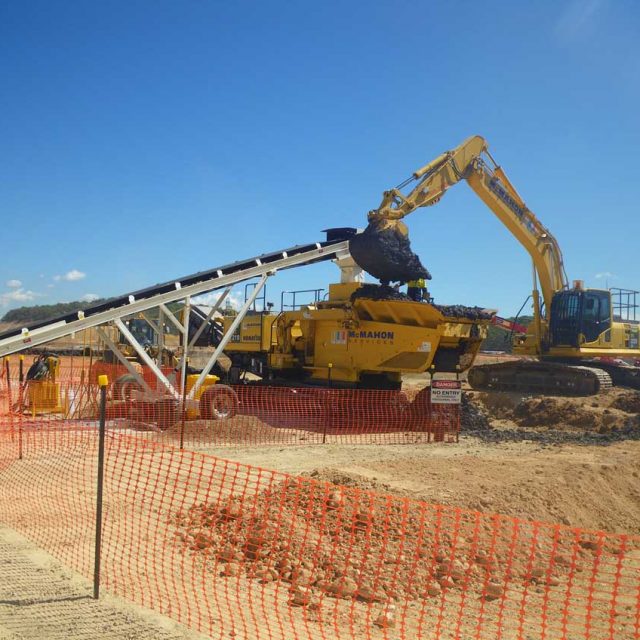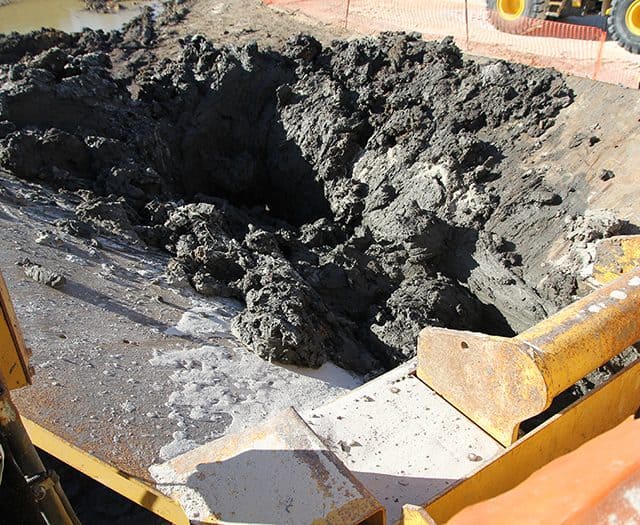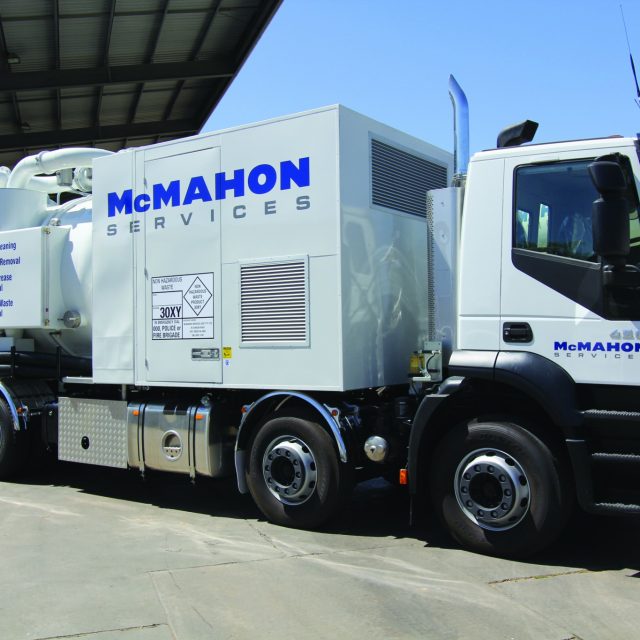Mould contamination assessment checklist
If you’d like to check the extent of mould contamination yourself, you can use this checklist to guide your evaluation
1. Protect yourself by wearing personal protective equipment such as goggles, face masks and gloves. You should never touch mould with your bare hands, and you should avoid getting it on your skin, in your eyes or breathing it in.
2. Locate the source of the mould problem and identify contaminated materials and furniture.
3. Identify the size and extent of water damage and mould growth. try to estimate the total square feet of contaminated building materials.
4. Check ventilation systems for damage and switch off contaminated HVAC systems.
5. Identify whether the mould problem is recurrent or persistent. Have there been previous mould problems in the building?
6. Are there areas where mould has been covered with paint?
7. Are other hazardous materials involved (such as asbestos or toxic chemicals)?
If there are mouldy odours and/or unexplained health issues among employees but no obvious visual signs of water or mould damage, this may indicate a more severe contamination beneath the surface.
A professional mould remediation and removal service can treat the contamination safely and effectively.

